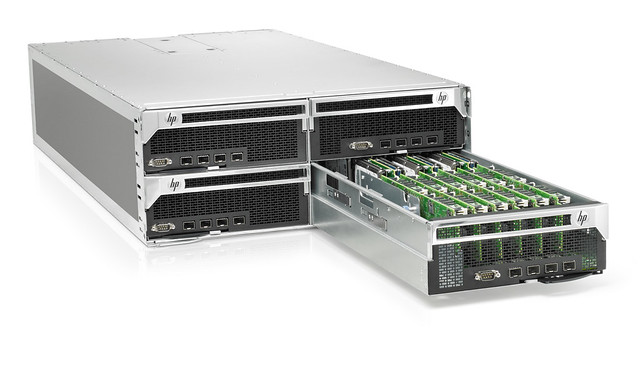Yesterday (Oct 15th 2013) Dell published their 2020 Legacy of Good Plan. In this plan they commit to
leaving a positive, measurable, and lasting contribution to out planet and our society.
Lofty goals indeed, but what about some of the more concrete specifics? Well Dell has published 21 concrete goals with an end-date of 2020 by which they have to achieve them.
The goals cover three distinct categories, Environment, People and Communities.
The Environmental goals include:
- Reduce greenhouse gas emissions from our facilities and logistics operations by 50%
- Reduce the energy intensity of our product portfolio by 80% and
- Ensure 100 percent of Dell packaging is either recyclable or compostable
The People goals include:
- Increase university hiring to a rate of 25 percent of all external hiring
- Engage 40 percent of our global Dell team in employee resource groups by 2020 and
- Achieve 75 percent favorable responses (or higher) in team member satisfaction globally as measured through the annual employee satisfaction survey
While the two Community goals are:
- Engage 75 percent of team members in community service by 2020 and provide 5 million cumulative hours of service to the communities in which we live and work and
- Apply our expertise and technology in underserved communities to help 3 million youth directly and support 10 million people indirectly to grow and thrive
The goals are all extremely laudable and measurable, and Dell has committed to transparency in the process. It will be interesting to watch Dell’s progress with the plan, especially as we come closer to the end-date 2020.
Dell claims to have worked closely with its customers in formulating this plan, but according to this Twitter conversation, not all Dell’s customers are on-board, as yet
@TomRaftery They changed from Styrofoam to a light plastic in Optiplex packaging and it a nightmare to deal with for our operations team.
— Sean O'Mahony (@somahony73) September 27, 2013
An obvious goal missing from the People section would be to increase the number of female executives in the organisation, though Dell is already one of the top US companies for executive women. No harm to have written goals for this too though.
Finally while discussing this initiative with David Lear, Dell’s Executive Director of sustainability programs, I asked him what was going to happen to this program given Dell’s move from being a publicly traded to a privately owned company. He responded that because the plan was generated in consultation with Dell’s customer base, those customer’s were unlikely to change significantly after the privatisation, and Dell’s commitment to them wouldn’t change either.






